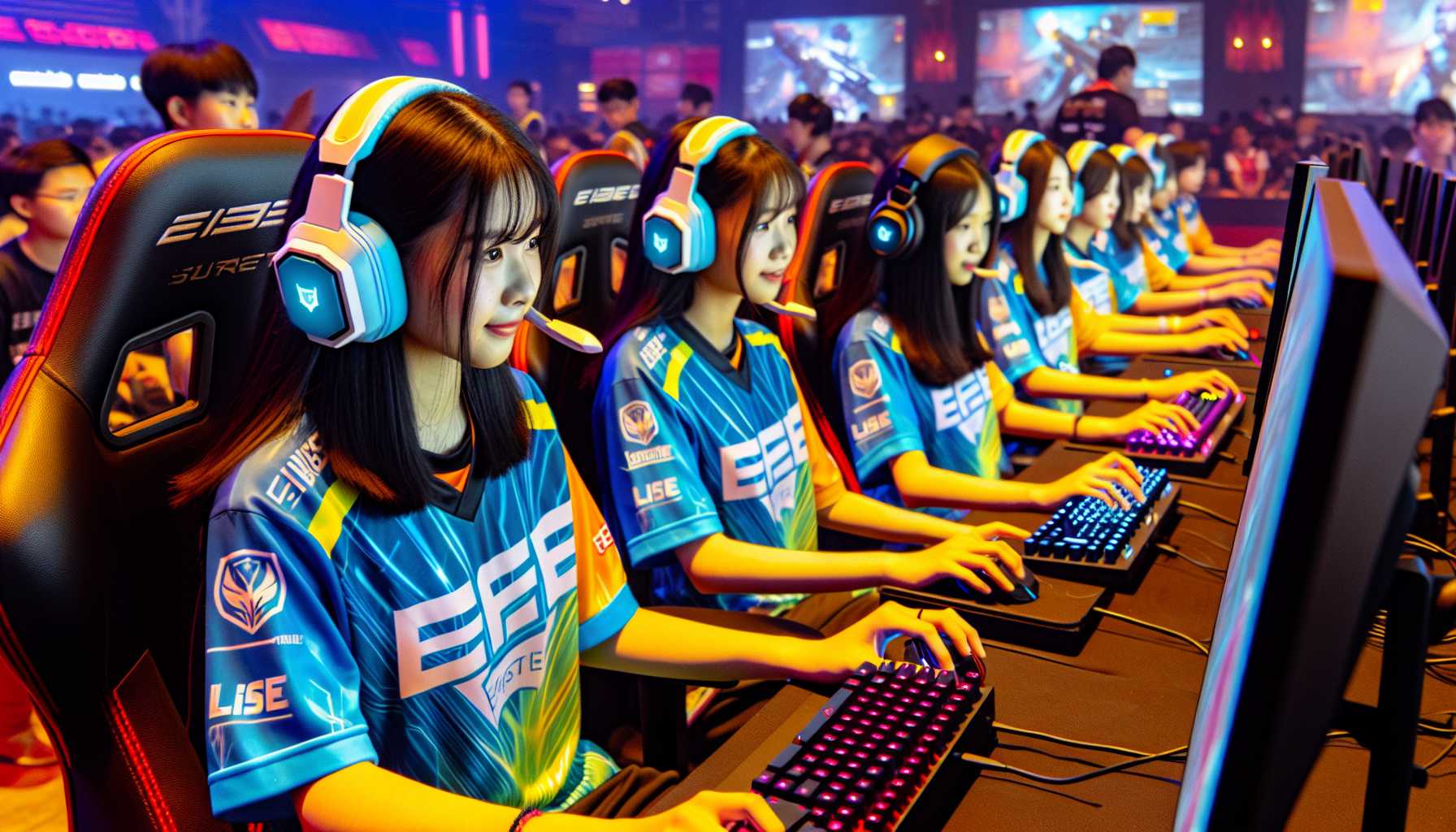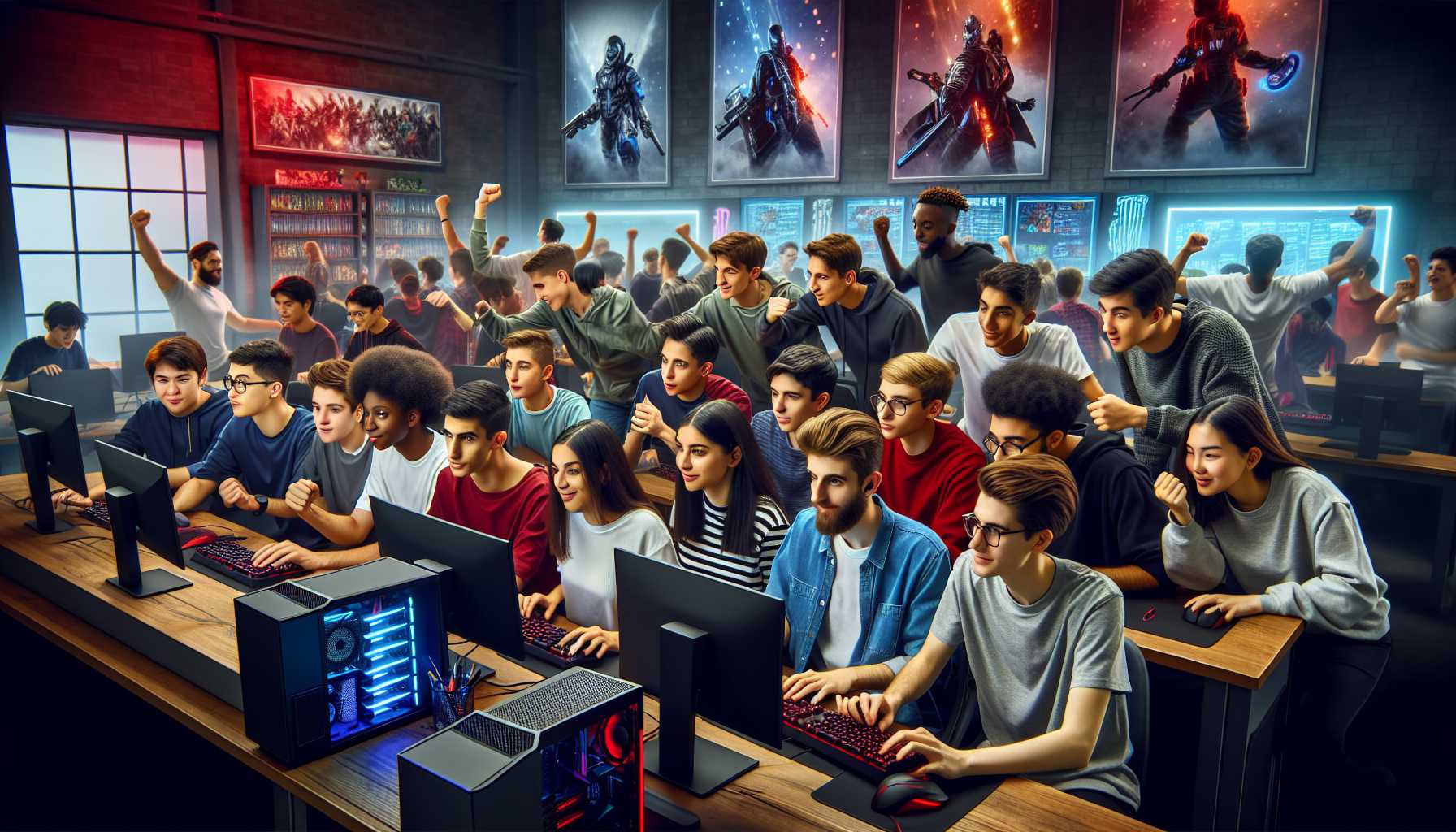From the viral surge of AI-generated imagery to the strategic keystrokes in middle school esports, the digital landscape is shaping a new frontier for both dangers and opportunities. As a tech investor and expert, I find myself at the intersection of understanding technical jargon and experiencing the palpable buzz of these burgeoning tech phenomena. Let’s unravel these topics with a sprinkle of entertainment to digestible nuggets that resonate with tech aficionados and novices alike.
The Disturbing Truth About Deepfakes
Remember the time when photo-shopping an image was the equivalent of “wizardry”? Fast forward to today, and the game has leaped into a new dimension with deepfakes – convincing videos and images created using artificial intelligence. When Taylor Swift becomes an unwitting star in a fabricated explicit video, it raises alarms beyond celebrity walls. It highlights a grave reality: nobody, not even our children, is immune to this digital manipulation. Deepfakes are not the work of elaborate studios or expensive setups; they are the children of accessible AI software, possibly lurking in your child’s smartphone or computer. The nimbleness with which these can spread across platforms like the now-famous case on X/Twitter dictates an urgency for parents to discuss this tech with their young ones.
Engaging in Dialogue Over Deepfakes
It’s essential to converse, not lecture, about deepfakes. This conversation isn’t reserved just for when you need to intervene; it’s more about laying the groundwork for critical thinking and ethical decision-making. Weaving this topic into regular discussions can tap into your child’s curious mind. Parents, you’re not expected to don the cap of a deepfake detective, but demonstrating a basic understanding of AI-manipulated media is crucial. The aim is to equip your kids to discern reality from AI-crafted mirages and foster a sense of digital citizenship and empathy towards victims of such abuse.
Navigating Through the Digital Thicket
Teach the signs of a deepfake to your children – unusual discolorations or blurry boundaries in images could be giveaways. Promote mindful sharing and critical analysis of any digital content they consume or create. There’s opportunity even in entertainment, like discussing the AI-generated song “Heart on My Sleeve”. Use these examples to ponder ethical implications and the importance of consent. Moreover, by modeling critical engagement with digital trends, you showcase stewardship of one’s digital presence. This is not about instilling fear but fostering informed choices and respect for personal boundaries online.
Virtual Arenas: The Rise of Middle School Esports
As we aim to shield our kids from digital deceit, there’s another digital wave riding high – Esports. At Islander Middle School, the formation of an esports team has redefined the landscape of extracurricular activities, proving that the joystick can rival the basketball in competitive sports. Esports isn’t merely recreational. It’s an industry valued at $4.3 billion worldwide, replete with professional gamers and potential Olympic recognition. Its inclusion in schools signifies a new frontier in education and engagement, catering to kids ensconced in the gaming universe and aligning with their passions.
The Social Impact of Esports
What resonates most is the sense of belonging that esports clubs like the one at IMS can provide students. No longer on the fringes of their social circles, these students find camaraderie, a platform to showcase their talents, and a space to grow interpersonally, as much as in gameplay. The compelling narrative that esports are a legitimate sport continues to gain traction, even in middle schools. With kids like Jack Rubenfield and Justin Fowler finding solace and enthusiasm in these digital arenas, we’re witnessing the formation of a generation for whom screen time equates to skill honing and teamwork.
Closing Thoughts
As much as we immerse in this fascinating tech realm, let’s maintain a conscious navigation system, particularly for the younger explorers among us. Our discussions on deepfakes and the embracing of esports carry with them the power to shift paradigms and shape minds for a more informed, ethical, and inclusive digital future. This is not just a passing craze or a watchdog’s manual; these are conversations and realities influencing the fabric of the tech culture today and tomorrow. Whether we’re debunking the deepfake menace or cheering on the next esports showdown, it’s societies’ pulse on technology that I endeavor to capture and share with each fellow tech enthusiast, parent, and curious mind.





